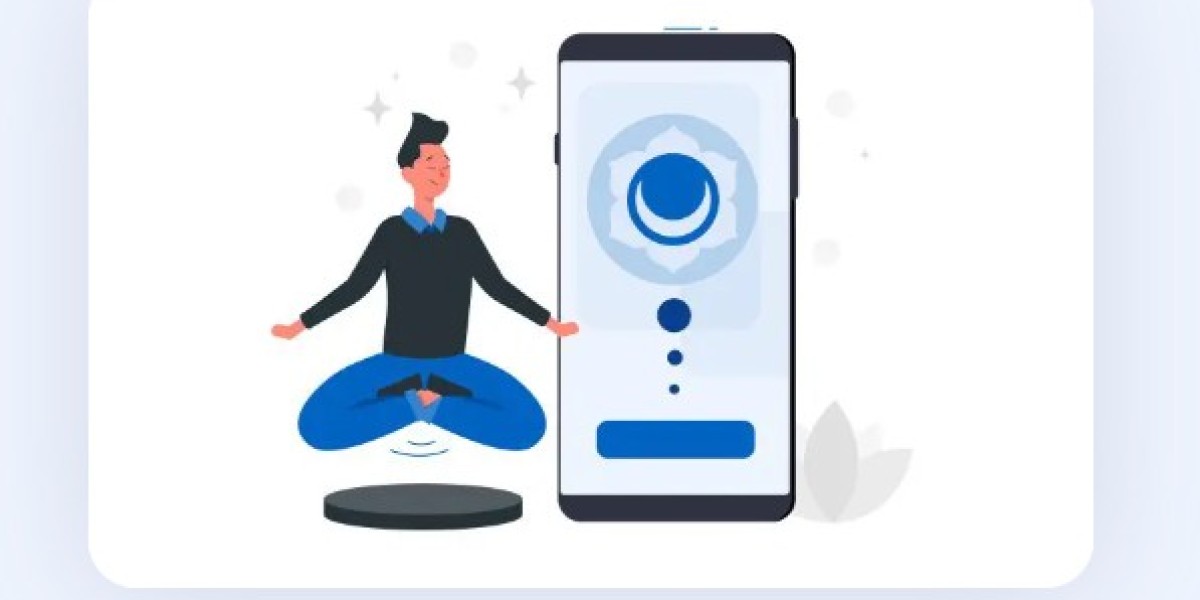Creating a user-centric mental health app is not only about the technology behind it but also about understanding the unique needs and preferences of the individuals who will rely on it for support. In this article, we will explore the essential steps to build a mental health app that prioritizes the user's experience and well-being.
Understand Your Target Audience
Before you start designing your mental health app, it's crucial to have a deep understanding of your target audience. Consider factors such as age, gender, cultural background, and the specific mental health concerns your app aims to address. Conduct user research and surveys to gain insights into their needs, preferences, and pain points.
Prioritize User Privacy and Security
Mental health apps handle sensitive and personal data. Ensuring the privacy and security of user information is paramount. Implement robust data encryption, secure authentication methods, and compliance with data protection regulations like HIPAA or GDPR if applicable. Clearly communicate your privacy policies to build trust with users.
User-Centered Design (UCD)
User-centered design is the foundation of a user-centric app. Work closely with UX/UI designers to create an intuitive, aesthetically pleasing, and easy-to-navigate interface. Consider user flow, accessibility features, and ensure that the design is responsive to different devices and screen sizes.
Personalization and Customization
Mental health is a highly individualized journey. Allow users to personalize their experience within the app. This might include customizable goals, preferences for content delivery, or the ability to track specific symptoms or triggers. Personalization enhances user engagement and commitment to the app.
Evidence-Based Content and Resources
Ensure that the content and resources within your app are evidence-based and sourced from reputable mental health professionals. Include psychoeducation materials, coping strategies, and exercises that align with established therapeutic approaches.
Feedback Loops and Progress Tracking
Implement features that enable users to track their progress over time. This can include mood tracking, journaling, or setting and achieving goals. Provide feedback and insights based on the data users input, helping them gain a better understanding of their mental health journey.
Support and Communication
Incorporate features that facilitate communication and support. This might include chatbots, forums, or connections to mental health professionals. Offering a platform for users to connect with peers can reduce feelings of isolation.
Ease of Accessibility
Ensure your app is accessible to as many users as possible. Consider features for users with disabilities, such as screen readers or voice commands. Also, make your app available on multiple platforms (iOS, Android) and in multiple languages if feasible.
Continuous Improvement
Mental health apps should be dynamic and responsive to user needs. Regularly update your app based on user feedback and emerging research in mental health. Encourage users to provide feedback and actively seek out ways to enhance their experience.
Testing and Validation
Before launching your app, conduct rigorous testing with a diverse group of users to identify and rectify any usability issues or bugs. Validate the effectiveness of your app by collaborating with mental health professionals and conducting clinical trials if possible.
Conclusion
Building a user-centric mental health app development is a complex endeavor that requires a deep understanding of user needs, a commitment to privacy and security, and a dedication to providing evidence-based support. By focusing on these essential principles, you can create an app that not only meets the unique needs of your target audience but also contributes positively to their mental well-being. Remember that the journey doesn't end with the app's launch; ongoing improvement and user feedback are key to its long-term success.








